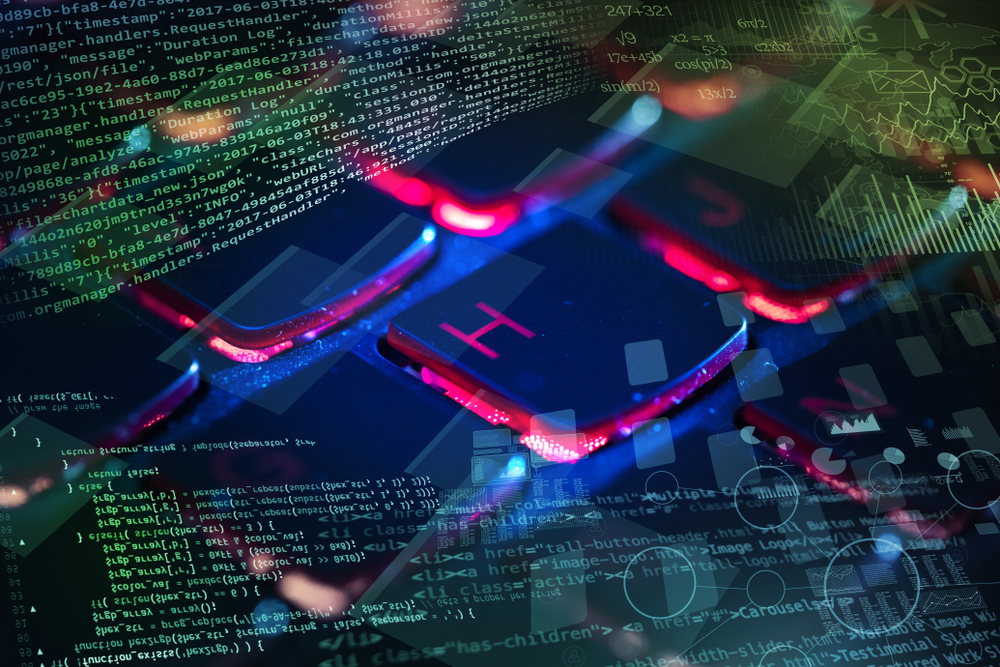Protecting against cyber threats and the ongoing impact of Naz.API
In today's digital age, schools must prioritise online security to protect against cyber threats and safeguard sensitive data.
2 min read
 9ine
:
Feb 8, 2024 10:27:55 AM
9ine
:
Feb 8, 2024 10:27:55 AM

Discover the new requirements set by Google and Yahoo for bulk senders and learn how to enhance your email security. Find out how these changes will impact schools and the necessary actions to ensure a seamless transition.
Google and Yahoo are implementing significant changes that will impact bulk senders, including schools, on their platforms. Starting February 2024, bulk senders will be required to configure SPF, DKIM, and DMARC for their email communications. These authentication methods verify the authenticity of the sender, reduce the risk of phishing, and ensure that recipients receive emails from legitimate sources. Failure to make these configuration changes may result in bulk emails being treated as spam or blocked and blacklisted. Configuring SPF, DKIM, and DMARC also helps protect against email spoofing, providing a more secure email environment for schools and their recipients.
A scan conducted by 9ine revealed that out of 67 schools, 52 have either misapplied or not applied the necessary configuration changes. This accounts for a staggering 77% of the schools surveyed.
To prevent disruptions, it is crucial to inform internal stakeholders, such as IT teams and administrators, about the changes being implemented. This will ensure their cooperation and understanding throughout the transition process.
Additionally, schools should communicate with recipients to raise awareness about the new email security measures. By informing them about the purpose and benefits of configuring SPF, DKIM, and DMARC, schools can alleviate any concerns and build trust in the secure email environment.
The new requirements set by Google and Yahoo for bulk senders to configure SPF, DKIM, and DMARC are a positive step towards enhancing email security. By embracing these changes, schools can create a safer digital communication environment and protect against phishing and email spoofing attacks.
To navigate this transition seamlessly, schools need to take the necessary actions outlined above. Evaluating the current email infrastructure, configuring SPF, DKIM, and DMARC, and informing internal stakeholders and recipients are crucial steps in ensuring a smooth and secure email communication process.
For schools seeking support in implementing these changes, 9ine offers an implementation quickstart package that provides a step-by-step procedure. Contact 9ine for more details.

In today's digital age, schools must prioritise online security to protect against cyber threats and safeguard sensitive data.

A new programming language ‘Go’ or ‘Golang’ is being used to specifically target schools. Once successfully executed, the Trojan enables remote...
.jpg)
The National Centre for Cyber Security recently published an alert for those responsible for IT and Data Protection in education. The alert brings to...